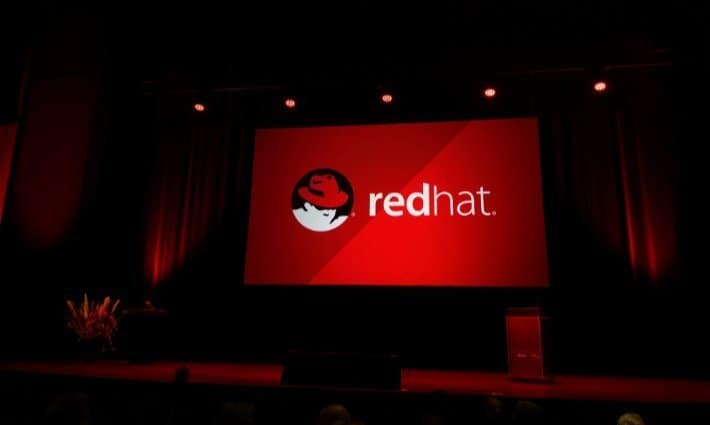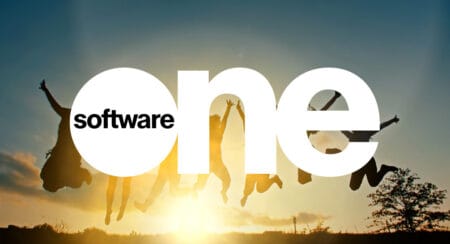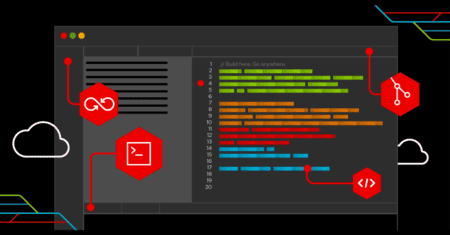Shareholders of Red Hat have approved the acquisition by IBM. The $34 billion acquisition was announced in October 2018. The deal provides IBM with a number of valuable technological resources.
IBM is struggling with lower sales due to stagnating demand for its legacy products. The company has invested a lot in its cloud department in recent years, as part of an effort to compensate for its purchases. But so far there has been no real growth. Big Blue now hopes that the acquisition of Red Hat can provide a solution, says Silicon Angle.
The acquisition will include the Linux distribution Red Hat, which is widely used by enterprises in both on-premise data centers and cloud environments. Other Red Hat products also offer opportunities for hybrid and multicold environments.
The company’s portfolio includes the popular Ansible platform for application management automation, and several developer tools created to help enterprises create cloud services. The company estimates that its technologies are used by 8 million developers worldwide. All products are under an open source license. Red Hat makes money by selling commercial versions.
Worries
Several employees of Red Hat had concerns about the cooperation between the two companies after the announcement of the takeover. Marco Bill-Peter, senior vice president of Customer Experience and Engagement, pointed out the differences between the two companies in November. In this way, Red Hat has its own culture that was created by the open-source mentality.
However, Bill-Peter states that the company will remain truly open source and will work as an independent unit. This also preserves the culture, which he believes is very important. Many of the 13,000 people in the company would leave if the open source culture were adapted.
This news article was automatically translated from Dutch to give Techzine.eu a head start. All news articles after September 1, 2019 are written in native English and NOT translated. All our background stories are written in native English as well. For more information read our launch article.


















